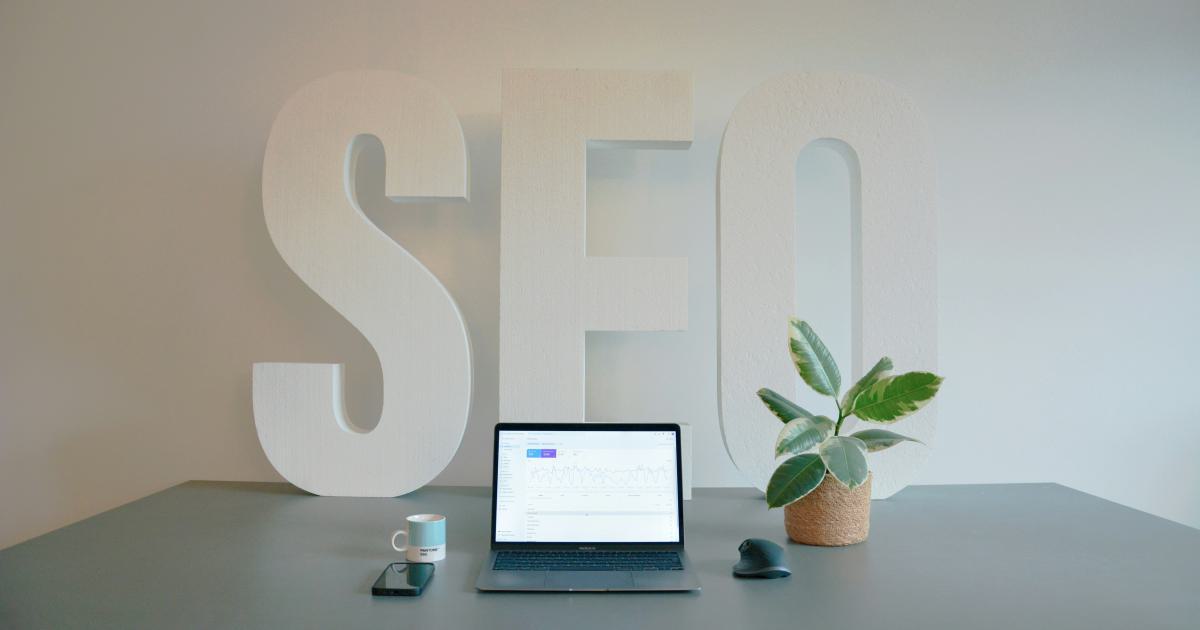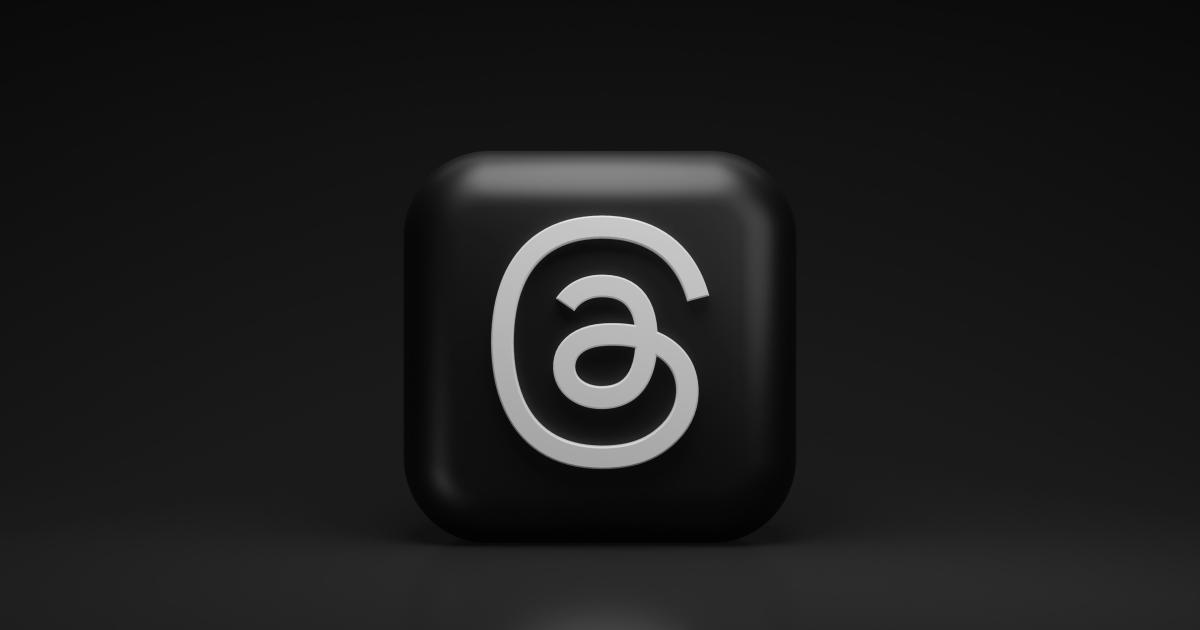83% of Marketers Struggle With HTML Image Alt Text


The Importance of Accessible Images in Digital Marketing
In the ever-evolving digital landscape, HTML image alt text has become a crucial element for marketers to master. A recent study revealed that an astounding 83% of marketers struggle with effectively implementing alt text, a finding that has significant implications for the accessibility and success of digital marketing campaigns.

As the world becomes more digitally driven, the need for inclusive and accessible online experiences has never been more paramount. One of the core components of this accessibility puzzle is the proper use of alt text, which provides a textual description of an image for users who are unable to see it, such as those using screen readers or browsing with images disabled.
Understanding the Role of Alt Text in Digital Marketing
Alt text serves multiple purposes in the digital marketing realm. Not only does it ensure that your content is accessible to all users, but it also plays a crucial role in search engine optimization (SEO). Search engines rely on alt text to better understand the context and content of your images, which can then improve the visibility and ranking of your web pages in search results.
Furthermore, alt text can enhance the overall user experience by providing relevant and informative descriptions of your visuals. This is particularly important for users with visual impairments, who may be unable to perceive the intended meaning or message behind an image without a well-crafted alt text description.

The Challenges of Effective Alt Text Implementation
Despite the clear benefits of using alt text, the majority of marketers struggle to implement it effectively. This challenge can be attributed to a variety of factors, including:
Lack of Understanding: Many marketers may not fully comprehend the importance of alt text or the best practices for crafting effective descriptions.
Time Constraints: In the fast-paced world of digital marketing, the task of adding alt text to every image can be perceived as time-consuming and tedious, leading to it being overlooked or deprioritized.
Technical Complexities: Integrating alt text into content management systems or website builders can sometimes be a technical hurdle, particularly for those with limited coding expertise.
Subjective Nature: Determining the most appropriate and concise alt text for a given image can be a subjective process, making it difficult to establish consistent guidelines across an organization.

Overcoming the Challenges: Strategies for Mastering Alt Text
To address the challenges surrounding alt text implementation, marketers must adopt a proactive and systematic approach. By leveraging the following strategies, organizations can improve their alt text practices and unlock the full potential of their digital marketing efforts.
Prioritize Alt Text in Your Content Creation Workflow
One of the most effective ways to ensure consistent and effective alt text usage is to incorporate it into your content creation workflow. This means making alt text a mandatory step in the process of creating and publishing any visual content, be it website images, social media posts, or email newsletters.
By embedding alt text implementation as a standard practice, you can instill a company-wide culture of accessibility and ensure that every image is accompanied by a well-crafted description. This approach can also help to streamline the process and reduce the perceived burden on individual team members.

Establish Clear Alt Text Guidelines and Best Practices
Develop a comprehensive set of alt text guidelines and best practices that can be shared across your organization. These guidelines should cover key aspects such as:
Length: Recommended character limits (typically 125 characters or less) to strike a balance between conciseness and descriptiveness.
Tone and Style: Guidance on maintaining a consistent, neutral, and informative tone in alt text descriptions.
Specificity: Tips for crafting alt text that accurately and succinctly describes the image content.
Formatting: Considerations for incorporating relevant keywords, avoiding redundant information, and adapting alt text for different use cases (e.g., social media, email, website).
By providing clear and standardized alt text guidelines, you can empower your team to create accessible and optimized visual content with confidence.

Leverage Automation and AI-Powered Tools
In today's digital landscape, there are numerous automation and AI-powered tools available to assist marketers in generating and optimizing alt text. These tools can analyze your images, suggest relevant alt text descriptions, and even automatically apply alt text to your visual assets.
Some popular options include:
Cloud-based AI Services: Amazon Rekognition, Google Cloud Vision API, and Microsoft Computer Vision API can analyze images and provide alt text suggestions.
Content Management System (CMS) Plugins: Many CMS platforms, such as WordPress and Drupal, offer plugins that can automatically generate or suggest alt text for your images.
Browser Extensions: Extensions like Scribe and WAVE Web Accessibility Evaluation Tool can help identify images without alt text and provide recommendations.
By leveraging these technological solutions, you can streamline the alt text creation process, ensure consistency, and free up time for your team to focus on other critical marketing tasks.

Incorporate Alt Text into Your Training and Education
To truly embed the importance of alt text within your organization, it's essential to incorporate alt text education and training into your broader marketing and content creation programs. This can include:
New Hire Onboarding: Ensure that all new team members, regardless of their role, understand the significance of alt text and the best practices for implementation.
Ongoing Professional Development: Regularly schedule alt text training sessions or webinars to keep your team up-to-date with the latest guidelines and industry trends.
Content Creator Workshops: Provide hands-on training and feedback opportunities for your content creators to hone their alt text writing skills.
By making alt text a core component of your team's knowledge and skill set, you can foster a culture of accessibility and ensure that every visual asset is optimized for both users and search engines.

The Impact of Mastering Alt Text
Mastering the art of HTML image alt text can have a profound impact on the success and effectiveness of your digital marketing efforts. By prioritizing accessibility and optimizing your visual content, you can unlock a wealth of benefits, including:
Improved User Experience: Providing clear and informative alt text descriptions enhances the accessibility of your content, ensuring that all users, regardless of their abilities, can fully engage with your visuals.
Enhanced Search Engine Visibility: Properly crafted alt text can significantly improve the searchability and ranking of your web pages, driving more qualified traffic to your online assets.
Increased Engagement and Conversions: When users can easily understand and interact with your visual content, it can lead to higher engagement, better brand recall, and ultimately, more conversions.
Compliance and Legal Considerations: Adhering to alt text best practices can help organizations comply with web accessibility standards, such as the Web Content Accessibility Guidelines (WCAG), and mitigate the risk of legal challenges.
Stronger Brand Reputation: By demonstrating a commitment to accessibility and inclusive digital experiences, you can strengthen your brand's reputation and position your organization as a leader in the industry.

Conclusion: The Road Ahead for Alt Text Mastery
As the digital landscape continues to evolve, the importance of HTML image alt text will only continue to grow. By addressing the challenges and embracing the strategies outlined in this article, marketers can position themselves and their organizations for long-term success.
Remember, the journey to alt text mastery is an ongoing process, and it requires a dedicated effort to stay informed, adapt to changing best practices, and foster a culture of accessibility within your team. By making alt text a priority, you can ensure that your digital marketing efforts are not only effective but also inclusive and equitable for all users.
So, take the first step today. Evaluate your current alt text practices, identify areas for improvement, and start building a roadmap to alt text excellence. The rewards of your efforts will be evident in the form of enhanced user experiences, improved search engine visibility, and a stronger brand reputation that resonates with audiences across the digital sphere.

Further Reading
- The Ultimate Guide to Writing Effective Alt Text
- How to Write Alt Text for SEO and Accessibility
- Accessibility in Digital Marketing: The Importance of Alt Text
- Alt Text Best Practices for Inclusive Content
- The Role of Alt Text in a WCAG-Compliant Website